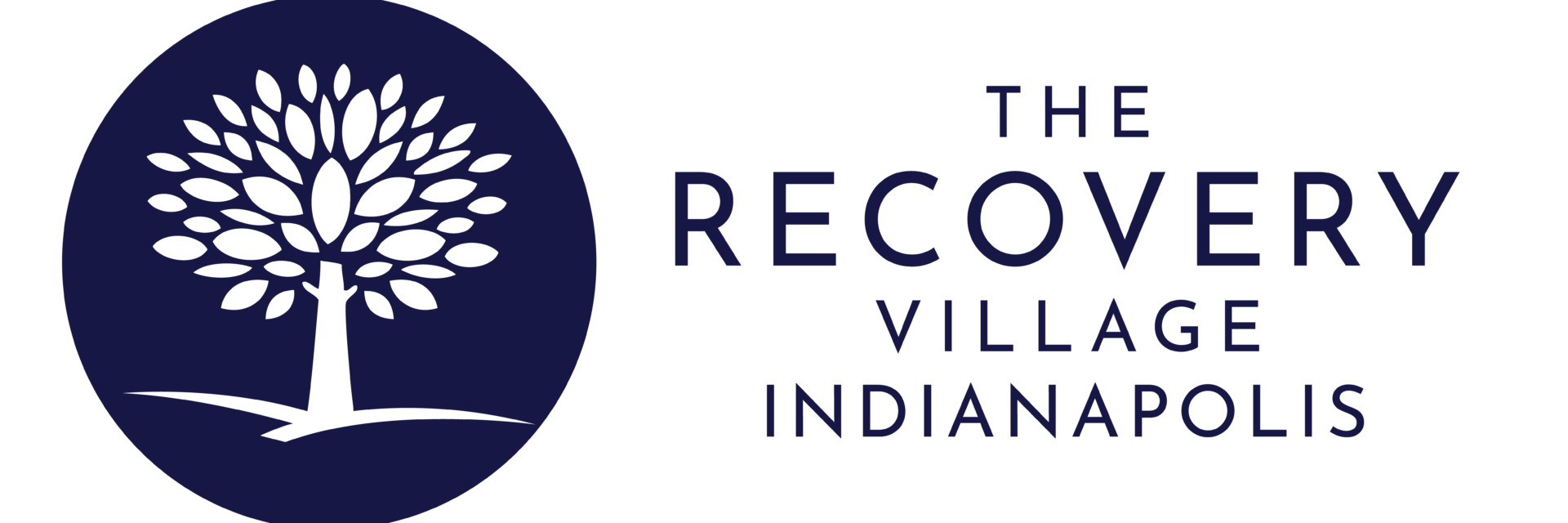Heroin Overdose Symptoms, Causes & Treatment

By The Recovery Village Indianapolis
Editor Brennan Valeski | Medical Reviewer Lauren Gronau, PharmD, BCPP
Last Updated: December 1, 2023
Editorial Policy | Research Policy
Heroin overdoses can be deadly, and it is vital to quickly recognize what they look like and how to treat them.
Heroin overdoses can dangerously slow breathing and heart rate, but effective treatments exist.
What Is Heroin Overdose?
Heroin is an opioid that quickly binds to opioid receptors in your brain, including mu-opioid receptors. Mu-opioid receptors have a well-known role in pain relief but have many other functions – including slowing down breathing and heart rate. Heroin overdose happens when the mu-opioid receptors are stimulated to the point where breathing dangerously slows down. In severe cases, breathing (and heart rate) can even stop.
How Fentanyl Contributes to Heroin Overdose
Overdoses can happen with all opioids. Fentanyl can be a particularly dangerous opioid as it is 50 times more potent than heroin, so that an overdose can happen with a much smaller amount. According to the DEA, as little as 2 mg of fentanyl can be deadly.
It is becoming increasingly common to find fentanyl-laced in heroin, and there isn’t any way to tell if it is present just by looking at the drug. Therefore, it’s easy to unknowingly consume fentanyl and accidentally overdose. Fentanyl (and other synthetic opioids) are the primary driver of rising opioid overdose-related deaths. Between 2020 and 2021, overdose deaths increased by 38.1 percent, but when limited to synthetic opioids (including fentanyl), deaths increased by 55.6 percent.
Heroin Overdose Statistics
Emergency department visits and hospital admissions due to nonfatal heroin overdoses have remained relatively stable between 2018 and 2021. However, one crucial thing to remember is the increasing prevalence of synthetic opioids such as fentanyl-laced in heroin. In 2021, almost 75% of overdose deaths involving heroin also involved synthetic opioids like fentanyl.
Symptoms of Heroin Overdose
It’s essential to quickly recognize symptoms of a heroin overdose because it can quickly turn deadly. Symptoms include:
- Blue-grey, pale, clammy skin
- Fingernails turning blue or dark purple
- Pinpoint pupils
- Limp body
- Vomiting
- Choking or gurgling noises
- Unresponsiveness
- Loss of consciousness
- Very slow breathing and heart rate
Heroin Overdose Causes and Risk Factors
A heroin (or other opioid overdose) is caused by too much stimulation of the mu-opioid receptors in the brain. The response of your opioid receptors can depend on several things, such as the use of other substances, the opioid(s) being used, and your current opioid tolerance. Overdose risk factors include:
- Mixing substances: This includes the presence of other opioids (such as fentanyl, which can produce an overdose with very low amounts) or other “downers” that also can slow breathing and heart rate.
- Tolerance: Opioid tolerance is gained over time, but if a person doesn’t use opioids for a while, this tolerance will be lost – placing them at risk of an overdose. If they use it again, they should start with a minimal amount.
- Age and health: Certain physical conditions, such as lung diseases, can make someone more likely to overdose.
What to Do If Someone Overdoses on Heroin
If someone overdoses on heroin, it’s crucial to help them get medical attention quickly. Here are some critical steps to take:
- Try and awaken them by rubbing hard on their chest (i.e., a sternal rub)
- Give them naloxone if it is available
- Always call 911. If someone overdoses, it is important they get assessed by a medical professional. They also may need more naloxone later, even if they initially respond to what you give them – naloxone wears off faster than most opioids.
- Provide rescue breaths if the person isn’t breathing and chest compression if there isn’t a pulse.
- Roll the person into the “recovery position” by placing them gently on their side, bending their knee, and placing their face to the side. This will prevent them from choking if they throw up.
- Stay with the person until help arrives.
Heroin Overdose Treatment
Naloxone is an effective reversal agent for opioid overdoses, including heroin overdoses. However, it wears off quickly, so people will often require more naloxone even if they initially respond: that is why it is so important to call 911. After naloxone is given, people are often observed at a hospital for around a day to ensure no significant medical issues happen and the overdose remains reversed. Sometimes, people may require a naloxone IV drip in the hospital.
Heroin Addiction Treatment
There are several effective treatments for heroin addiction, a type of opioid use disorder. Medications for opioid use disorder are a significant part of addiction treatment, including buprenorphine, methadone and naltrexone. All of these medications can help with opioid cravings, and buprenorphine and methadone can also be helpful for heroin withdrawal symptoms. Behavioral therapies, such as individual and group counseling, are another treatment.
If you or a loved one are struggling with opioid use disorder or heroin addiction, there is hope. Compassionate professionals lead the Recovery Village Indianapolis and offer evidence-based treatment, including medications for opioid use disorder and programming to help build a strong foundation for recovery.
We believe in personalized treatment plans, addressing co-occurring mental health conditions, and providing various therapeutic activities. Speak with a Recovery Advocate today to learn how we can help you along your journey.
Sources
National Institute on Drug Abuse. “Heroin DrugFacts.” Updated December 2022. Accessed October 1, 2023.
Schiller, Elizabeth Y.; Goyal, Amandeep; Mechanic, Oren J. (2023). “Opioid Overdose.” Statpearls Publishing, July 2023. Accessed October 1, 2023.
CDC.gov. “Fentanyl Facts.” Updated September 6, 2023. Accessed October 1, 2023.
DEA.gov. “Facts about Fentanyl.” Updated April 29, 2021. Accessed October 1, 2023.
National Institute on Drug Abuse. “Drug Overdose Death Rates.” Updated June 30, 2023. Accessed October 1, 2023.
CDC.gov. “Drug Overdose Surveillance and Epidemiology (DOSE) System: Nonfatal Overdose Emergency Department and Inpatient Hospitalization Discharge Data.” Updated May 8, 2023. Accessed October 1, 2023.
National Harm Reduction Coalition. “Recognizing Opioid Overdose.” Updated September 1, 2020. Accessed October 1, 2023.
National Harm Reduction Coalition. “Overdose Risks & Prevention.” Updated September 1, 2020. Accessed October 1, 2023.
Wang, David; Yee, Brandon J.; Grunstein, Ronald R. “Does Sleep Apnea Worsen the Adverse Effects of Opioids and Benzodiazepines on Chronic Obstructive Pulmonary Disease?” Annals of the American Thoracic Society, October 2019. Accessed October 1, 2023.
National Harm Reduction Coalition. “Responding to Opioid Overdose.” Updated September 1, 2020. Accessed October 1, 2023.
MedlinePlus. “Opioid Use Disorder (OUD) Treatment.” Updated July 18, 2023. Accessed October 1, 2023.

 Insurance
Insurance About Us
About Us Our Facility
Our Facility Admissions
Admissions Programs
Programs Medical Detox
Medical Detox Inpatient Rehab
Inpatient Rehab Aftercare & Recovery
Aftercare & Recovery
